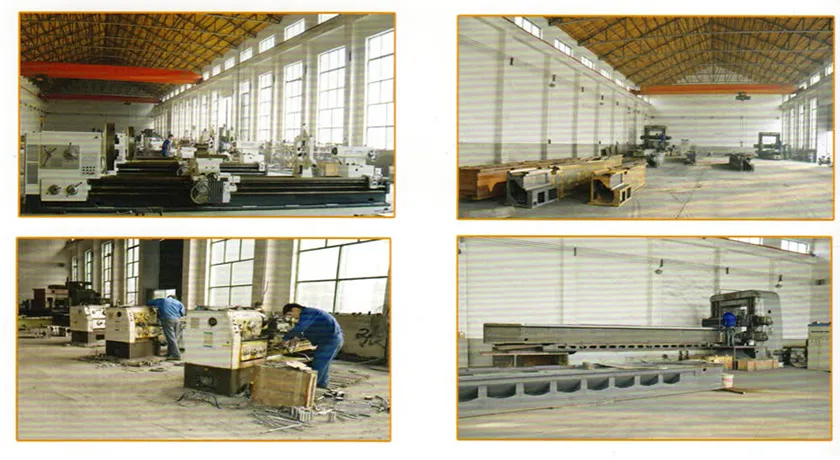
- Afrikaans
- Albanian
- Amharic
- Arabic
- Armenian
- Azerbaijani
- Basque
- Belarusian
- Bengali
- Bosnian
- Bulgarian
- Catalan
- Cebuano
- Corsican
- Croatian
- Czech
- Danish
- Dutch
- English
- Esperanto
- Estonian
- Finnish
- French
- Frisian
- Galician
- Georgian
- German
- Greek
- Gujarati
- Haitian Creole
- hausa
- hawaiian
- Hebrew
- Hindi
- Miao
- Hungarian
- Icelandic
- igbo
- Indonesian
- irish
- Italian
- Japanese
- Javanese
- Kannada
- kazakh
- Khmer
- Rwandese
- Korean
- Kurdish
- Kyrgyz
- Lao
- Latin
- Latvian
- Lithuanian
- Luxembourgish
- Macedonian
- Malgashi
- Malay
- Malayalam
- Maltese
- Maori
- Marathi
- Mongolian
- Myanmar
- Nepali
- Norwegian
- Norwegian
- Occitan
- Pashto
- Persian
- Polish
- Portuguese
- Punjabi
- Romanian
- Russian
- Samoan
- Scottish Gaelic
- Serbian
- Sesotho
- Shona
- Sindhi
- Sinhala
- Slovak
- Slovenian
- Somali
- Spanish
- Sundanese
- Swahili
- Swedish
- Tagalog
- Tajik
- Tamil
- Tatar
- Telugu
- Thai
- Turkish
- Turkmen
- Ukrainian
- Urdu
- Uighur
- Uzbek
- Vietnamese
- Welsh
- Bantu
- Yiddish
- Yoruba
cleaning car engine with pressure washer
Cleaning Your Car Engine with a Pressure Washer A Comprehensive Guide
Maintaining a clean engine is essential for ensuring the longevity and performance of your vehicle. Over time, engines accumulate oil, dirt, and grime, which can interfere with their efficiency and lead to potential issues. One effective method for cleaning your car engine is using a pressure washer. However, it’s important to approach this task with caution and follow specific steps to avoid damage. In this guide, we’ll walk you through the process of cleaning your car engine with a pressure washer, ensuring that you achieve a spotless and efficient outcome.
1. Prepare Your Workspace
Before you begin, choose a safe and suitable area for cleaning your engine. Ideally, this should be outdoors or in a well-ventilated garage. Ensure you have all necessary materials on hand, including a pressure washer, degreaser, brushes, and protective gear. Put on gloves and safety goggles to protect yourself from splashes and debris.
2. Disconnect the Battery
Safety should always come first. To prevent any electrical issues or shorts, disconnect the negative terminal of the battery. This is crucial as water and electrical components don’t mix well. If you're unsure how to do this, refer to your vehicle's manual for specific instructions.
3. Cover Sensitive Components
Before applying water to your engine, you must protect sensitive components from getting damaged. Use plastic bags or aluminum foil to cover the alternator, air intake, exposed wiring, and any other electrical components that could be adversely affected by water. Make sure they are securely fastened and unlikely to come off during the cleaning process.
4. Apply Degreaser
Once the sensitive components are covered, apply a degreaser to the engine. A citrus-based degreaser is effective and environmentally friendly. Spray the degreaser liberally over the dirty areas of the engine and let it sit for about 10-15 minutes. This allows the degreaser to break down the dirt and grime, making it easier to wash off.
cleaning car engine with pressure washer

5. Use the Pressure Washer
After the degreaser has had time to work, it’s time to use the pressure washer. Set the pressure washer to a low to medium setting, as high pressure can damage fragile components under the hood. Start at a distance of about 2-3 feet from the engine, gradually moving closer as needed. Use a side-to-side motion to rinse away the degreaser and grime without lingering too long on any one spot.
6. Scrub Stubborn Areas
If there are still stubborn spots of dirt or grease after pressure washing, use a soft brush to scrub these areas gently. Be cautious not to damage any components. After scrubbing, rinse the engine again with the pressure washer, ensuring that all the degreaser and debris are completely washed away.
7. Dry the Engine
After cleaning, you’ll need to allow the engine to dry thoroughly. This can take several hours, so it’s best to leave the hood open in a warm, dry area. You can also use a clean microfiber towel to wipe down accessible surfaces lightly. Avoid starting the engine until you are confident that all the water has evaporated.
8. Reconnect the Battery
Once the engine is dry, it’s time to reconnect the battery. Make sure any covers you applied are removed, and everything is in its right place. Start the engine and let it run for a few minutes. This can help evaporate any remaining moisture.
Conclusion
Cleaning your car engine with a pressure washer can be a satisfying and effective way to maintain your vehicle. By following these steps carefully, you can ensure a thorough clean that enhances engine performance without risking damage to sensitive components. Regular engine cleaning not only helps in identifying potential issues early but also contributes to the overall health of your vehicle. Happy cleaning!
-
Integrating Aqua Tunnel Car Wash in Shopping CentersNewsJun.24,2025
-
Gas Station with an Auto Car Wash MachineNewsJun.24,2025
-
Efficiency in Your Aqua Tunnel Car Wash: Power & Water-SavingNewsJun.24,2025
-
Car Wash Business with Advanced Auto Car Cleaning MachinesNewsJun.24,2025
-
Balancing Setup Costs with Aqua Tunnel Car WashNewsJun.24,2025
-
Aqua Tunnel Car Wash: Eco-Design for the Energy-Savvy EntrepreneurNewsJun.24,2025



